Home Roofing Repair: Essential Tips for Fixing Leaks and Damage.
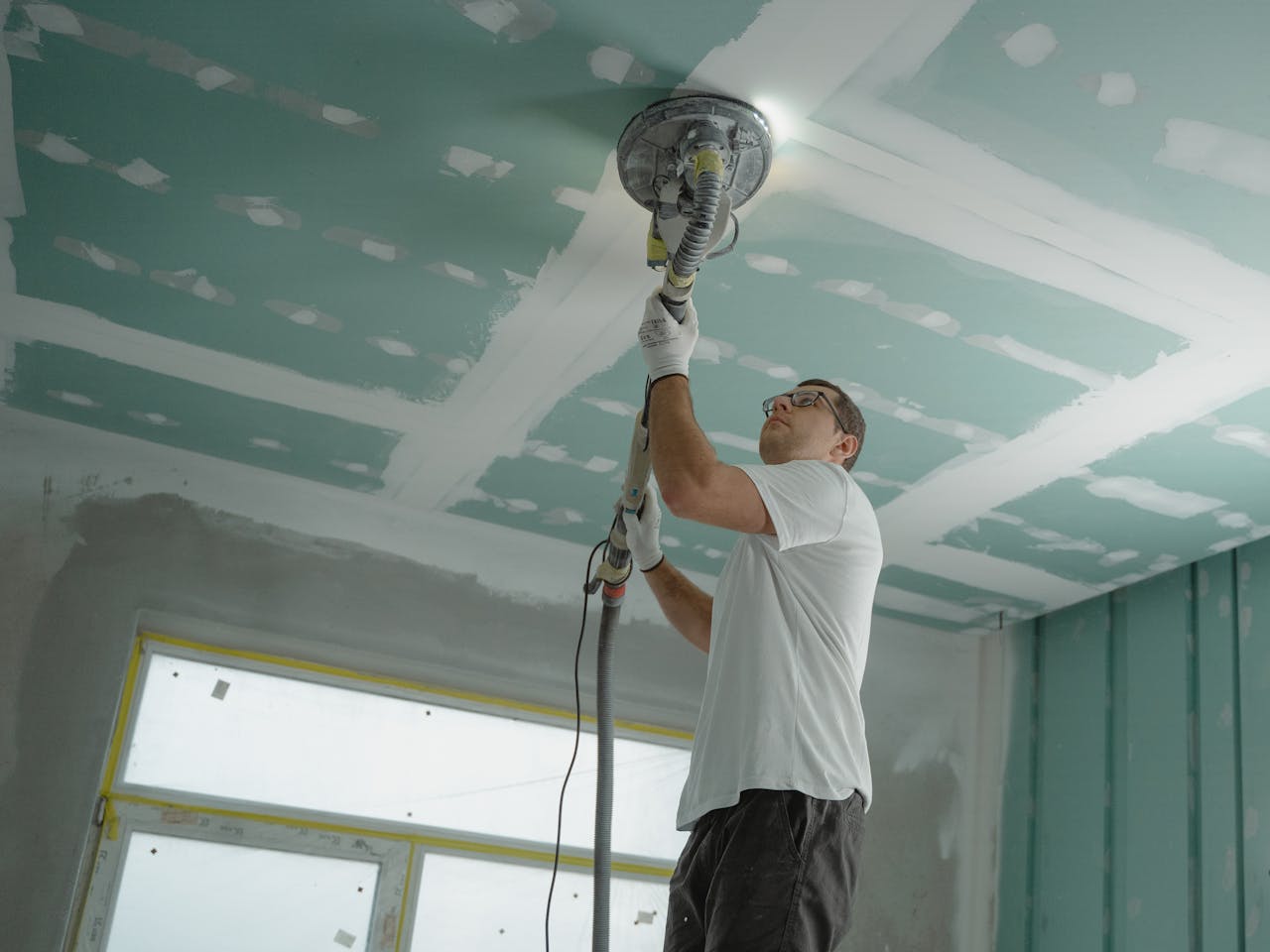
A well-maintained roof is essential for keeping your home safe, energy-efficient, and free from damage. Over time, however, roofs can become worn, develop leaks, or suffer from drafty areas due to missing shingles, cracks, or other issues. Ignoring these problems can lead to increased energy costs, structural damage, and costly repairs. Fortunately, there are many cost-effective solutions to address common roofing problems. In this guide, we’ll explore the best ways to repair drafty and damaged roofs, helping you protect your home without breaking the bank.
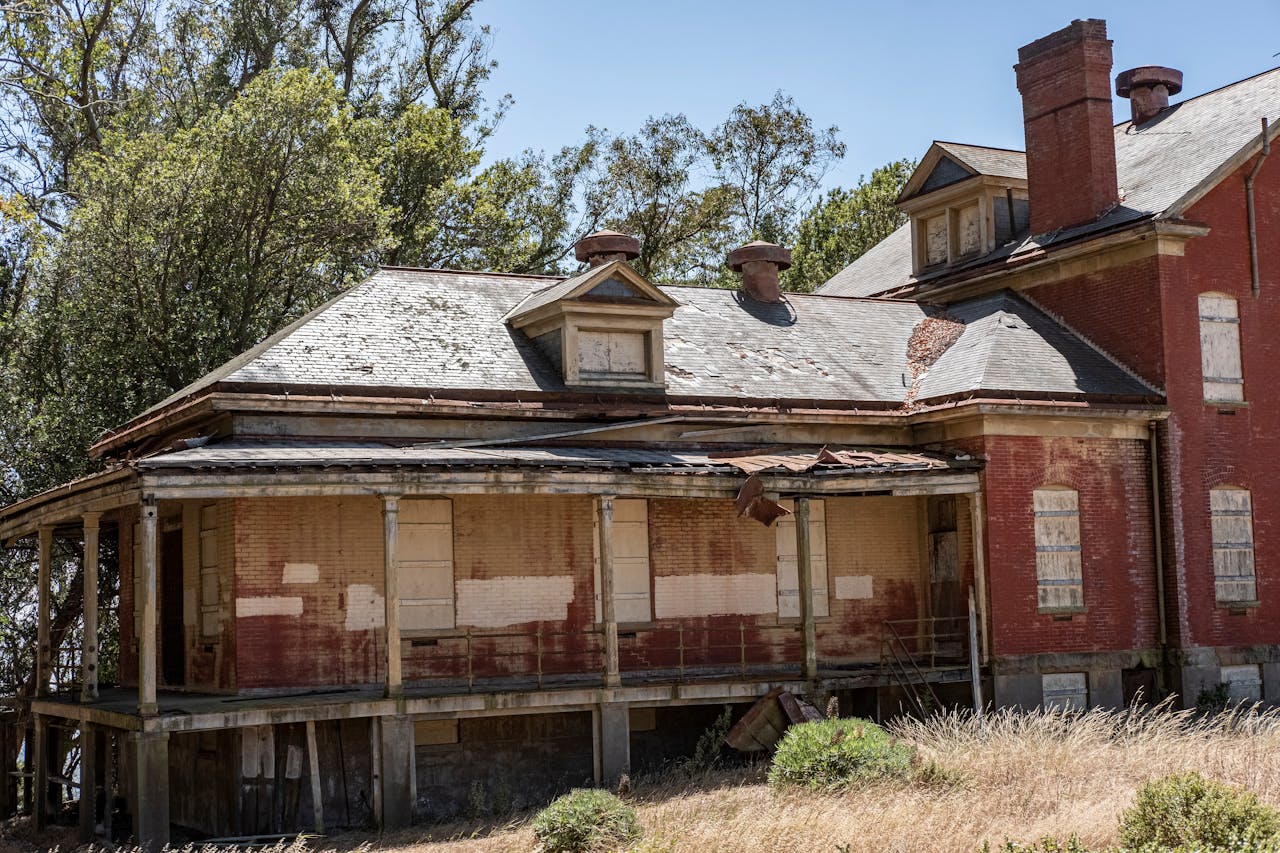
Identifying the Problem: Drafty and Broken Roofs
Drafts and roof damage can have several causes, from weather conditions like heavy storms and high winds to general wear and tear over time. Some common signs of roofing issues include:
- Water leaks or moisture buildup in your attic or ceilings.
- Missing, cracked, or curling shingles on the roof.
- Drafts in the attic or around ceiling fixtures.
- Stains or discoloration on walls and ceilings caused by water intrusion.
- Increased heating or cooling costs due to poor insulation or air leaks.
The first step to addressing these issues is identifying the source of the problem. Once you have determined where the damage is, you can choose the most effective repair solution.
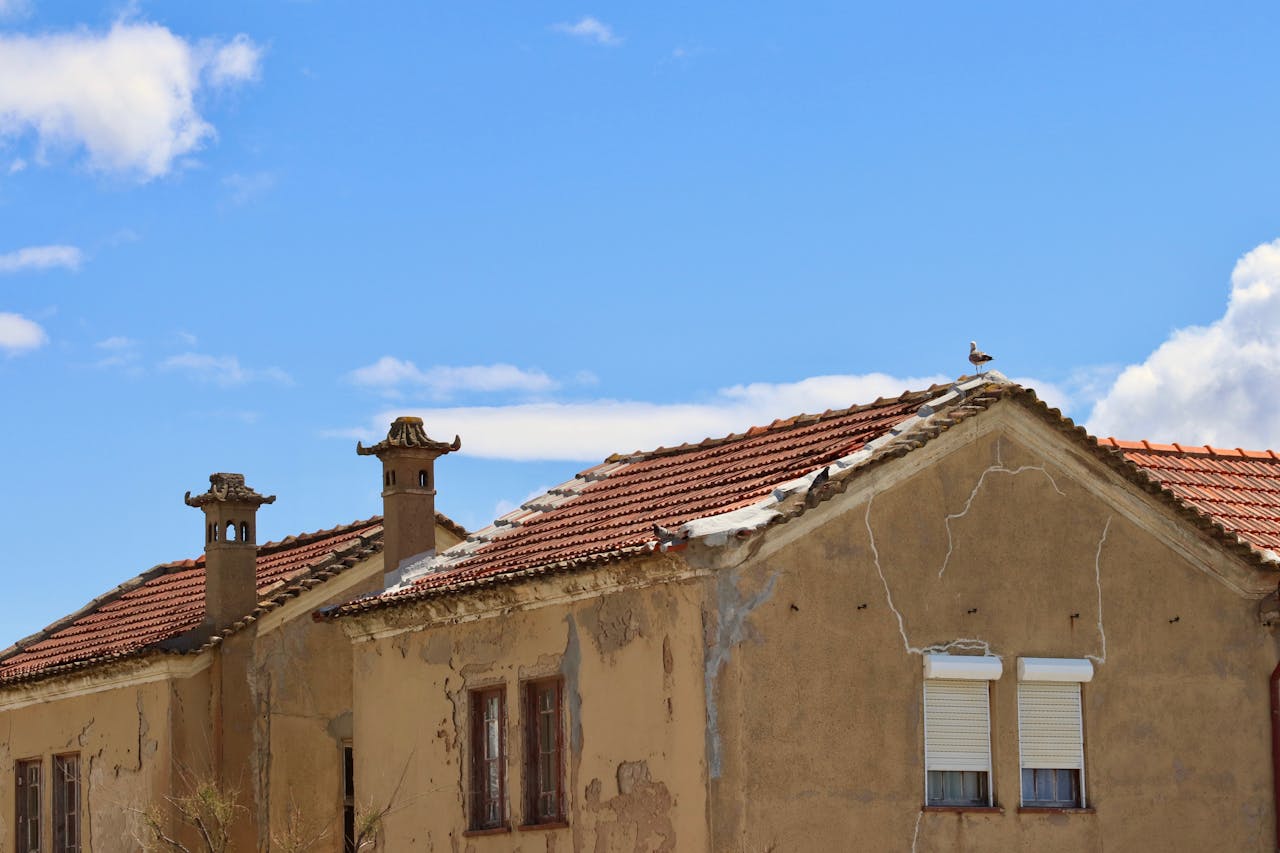
Cost-Effective Solutions for Drafty Roofs
Drafty roofs can have a significant impact on your home’s energy efficiency. Air leaks allow heat to escape in the winter and let hot air in during the summer, making your HVAC system work harder. Fortunately, many simple fixes can improve insulation and eliminate drafts.
- Sealing Roof Vents and Openings
Roof vents, chimneys, and skylights can be sources of drafts if not properly sealed. Check for any gaps around these features and apply roofing sealant or caulk to close any openings. Ensuring these areas are tightly sealed will prevent air leaks and improve the overall insulation of your roof. - Insulating the Attic
A poorly insulated attic can lead to drafts and increased energy bills. Adding or upgrading insulation is a highly effective and affordable way to address this problem. Blown-in insulation or batt insulation can be installed to boost the R-value (insulation effectiveness) of your attic, helping to reduce drafts and improve temperature regulation throughout the house. - Replacing Worn or Missing Shingles
Shingles act as the first line of defense against drafts, and damaged or missing shingles can lead to air leaks. Inspect your roof for any loose, cracked, or missing shingles and replace them promptly. This not only prevents drafts but also protects your roof from moisture and further damage. Repairing or replacing a few shingles is a relatively inexpensive task that can have a big impact on your home’s energy efficiency. - Roof Ventilation Improvements
Proper roof ventilation helps regulate airflow, reducing the risk of drafts and maintaining comfortable indoor temperatures. If your roof lacks sufficient ventilation, adding soffit vents, ridge vents, or gable vents can improve airflow and prevent drafts caused by excess heat or cold building up in the attic. This is an affordable way to enhance your roof’s performance and reduce drafts.
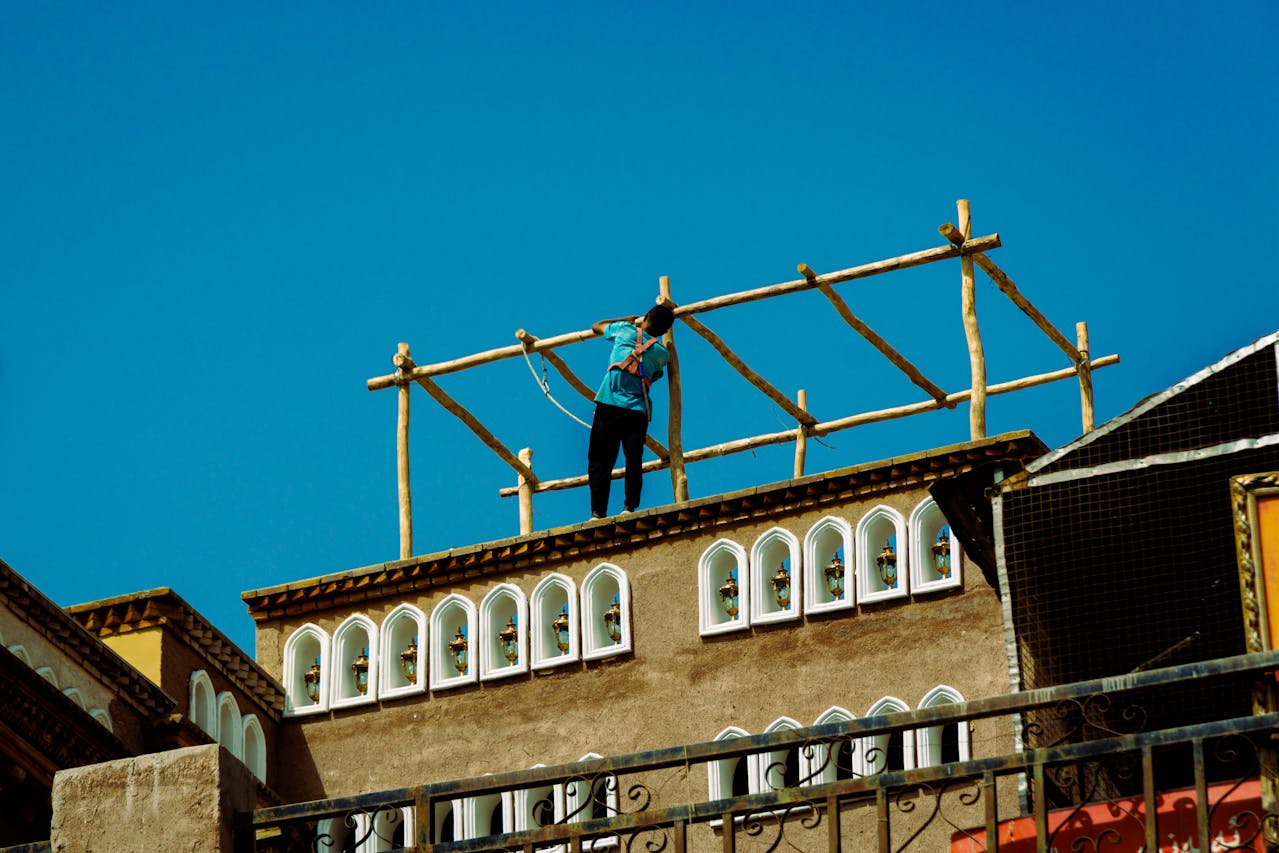
Cost-Effective Solutions for Broken Roofs
When dealing with a broken or damaged roof, it’s essential to address the problem quickly to prevent further damage. While major roof repairs or replacements can be costly, many roofing issues can be resolved with budget-friendly solutions.
- Repairing Leaks
Roof leaks are one of the most common problems homeowners face, and they often start small but can quickly cause significant damage if not addressed. For minor leaks, applying roofing cement or patching materials to the damaged area can be a quick and affordable fix. In some cases, replacing the underlayment or flashing around roof penetrations, such as chimneys and skylights, may be necessary to prevent future leaks. - Patching Small Holes or Cracks
Small holes or cracks in the roof surface can develop from storm damage or aging materials. These can often be patched with roofing tar or specialized roofing patches. This is a simple and cost-effective solution that can extend the life of your roof and prevent more expensive repairs down the road. - Replacing Damaged Flashing
Roof flashing, typically made of metal, is used to direct water away from vulnerable areas of the roof, such as valleys and roof joints. Over time, flashing can become damaged or corroded, leading to leaks. Replacing damaged flashing is a relatively inexpensive repair that can prevent water from seeping into your home and causing more serious issues. - Resealing or Recoating
For flat or low-slope roofs, resealing or recoating the surface can be an effective way to address small cracks, leaks, or wear without the need for a full replacement. Roof coatings provide an additional layer of protection and can extend the life of the roof by improving waterproofing and preventing damage from the elements.
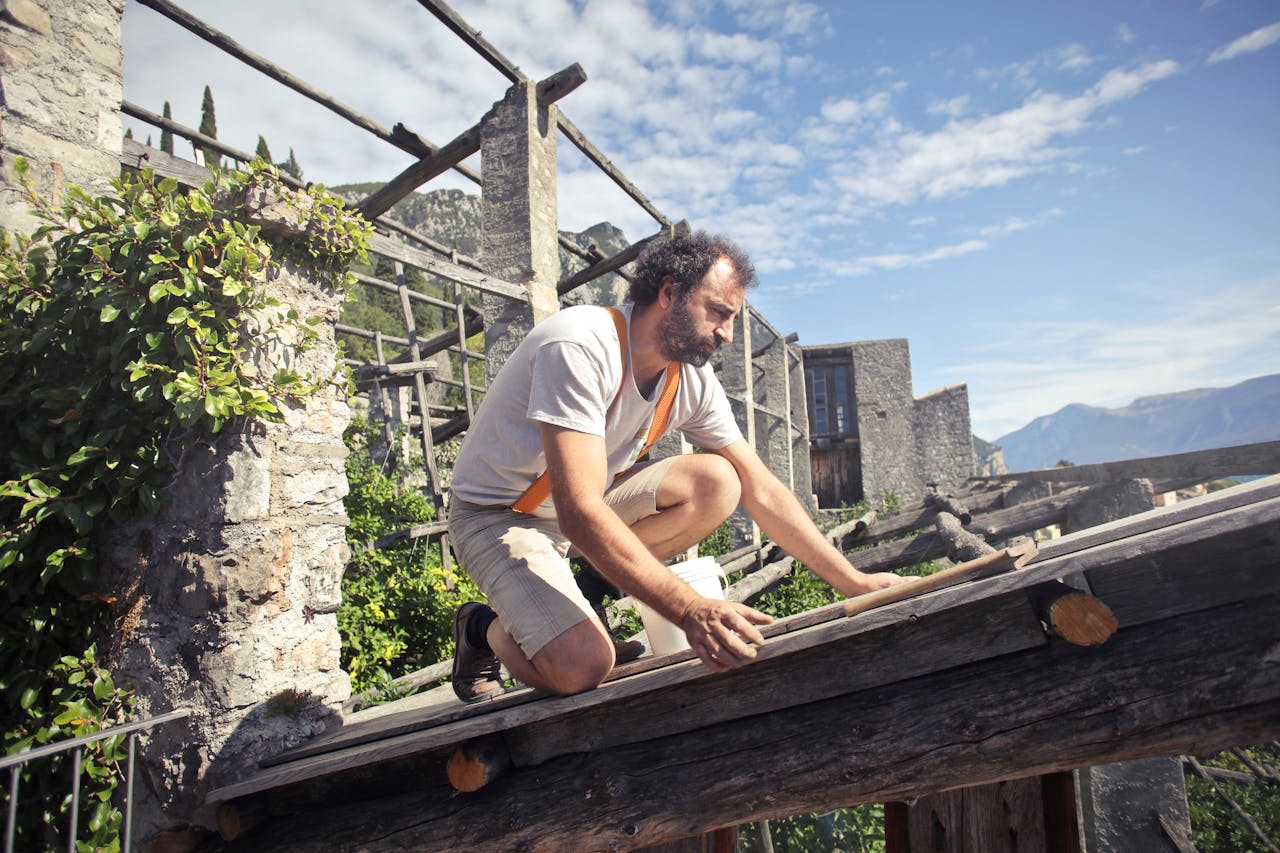
When to Consider Full Roof Replacement
While repairs are often the most cost-effective solution, there are times when a full roof replacement may be necessary. If your roof is old, has extensive damage, or has experienced repeated issues, replacing it might be the best long-term solution. Signs that a full roof replacement is needed include:
- Multiple leaks that cannot be easily repaired.
- Widespread shingle damage, including missing, cracked, or curling shingles.
- Significant structural damage to the roof decking or framing.
- Sagging areas or a roof that appears uneven.
While a roof replacement is a more significant investment upfront, it can save you money in the long run by improving energy efficiency, reducing repair costs, and increasing the value of your home.
Conclusion
Home roofing repair doesn’t have to be an overwhelming or costly process. With the right cost-effective solutions, you can address drafty areas and repair broken sections of your roof, helping to protect your home and improve energy efficiency. Whether you’re sealing leaks, insulating the attic, or replacing damaged shingles, these simple fixes can extend the life of your roof and save you money in the long run. Regular maintenance and timely repairs are key to ensuring that your roof remains in top condition, providing safety and comfort for years to come.

